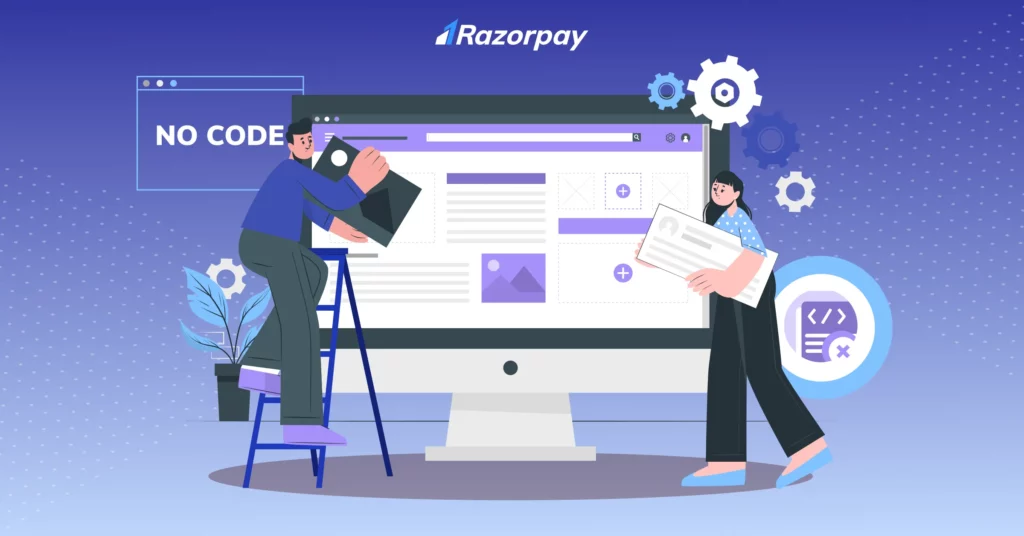Let’s face it. No-code is not new. The word itself, Forrester research shows, came up over a decade earlier. And it has been playing out, in multiple fields, across multiple disciplines:
The death of dashboards:
It happened before in the world of analytics. From writing hours of code and building complicated models and dashboards to the early beauty of automation saving time with a click of a well-timed button, the journey had already started years back.
Next came the do-it-yourself visualisation tools such as Tableau and Qlikview. And suddenly, you could see your hard work visualised with simple drag and drop features in interactive dashboards and visualisations that made analytics democratised and even invisible. Data could now tell a story.
You’ve got (automated) mail:
Meanwhile, the humble email has been another frontier for the no-code battle. The early users of Mailchimp and other email automation tools found a whole new world opening up for their email machinery. The no-code tools now offered templates that took care of designing and scheduling emails. And they helped you check your click rates and open rates and plan campaigns. Armour to battle the cold email war that has reached every marketing team’s arsenal today.
With Hubspot and others joining the spray, there was an even easier integration of CRM to email to campaigns, all in an easy no-code snap.
A website to remember:
Imagine creating a website earlier. Content, design, and technology were three disparate pieces that had to be planned in parallel. Till no-code decided to save the day. With every business needing an online address apart from its physical one, templates and tools for website set up and design, and multiple easy to use plugs made the art of the website a bit more possible for small and medium businesses which could not afford big website budgets.
Meanwhile, the growth of SaaS platforms has only made the trend deeper over the last few years. From no-code solutions for bug fixing and more, there were even no-code solutions that were focused on the coders themselves, the developer community.
Where next, no-code?
Gartner projects that “The worldwide low-code development technologies market is projected to total $13.8 billion in 2021, an increase of 22.6% from 2020,. The surge in remote development during the COVID-19 pandemic will continue to boost low-code adoption, despite ongoing cost optimization efforts.” Not just that, Crunchbase reports that Gartner has estimated that more than 50 per cent of medium to large enterprises will adopt a no-code tool by 2023. Which means the use of no-code applications could be across the board, regardless of size.
So what’s driving the no-code growth now and where is it headed next?
Three answers really:
- Think Creator Economy
- D2C economy
- And the offline to online transition
The creator economy is today powering individuals with a story to tell and a skill to sell, to go online, directly. Some, who are finding audience love by thousands and more online, are becoming influencers as well.
Meanwhile, the offline to online transition is no longer a good-to-have. Every business, whether small or large, has had to rethink its sales and operations and move parts of it, at least, online over the last year.
One key offshoot has been the growth of Direct to Consumer brands. Brands that are not lost in a sea of eCommerce marketplaces but are finding their way directly into the hearts and ‘digital’ wallets of their customers.
What’s common among all these three? The fact that they have to accept payments now, from their customers, online.
Enter Fintech and no-code in Fintech.
Digital Payments is today in sync with the new world of digital-first innovators who are rethinking new business models. And why wait for time-consuming payment solutions that need more coding? From payment links to payment buttons and payment pages, multiple no-code and low-code Fintech payment products are now making the time to payments faster and easier. And there’s more innovation just waiting to be unlocked.
Here’s to the next frontier of no-code. Digital Payments in Fintech.


